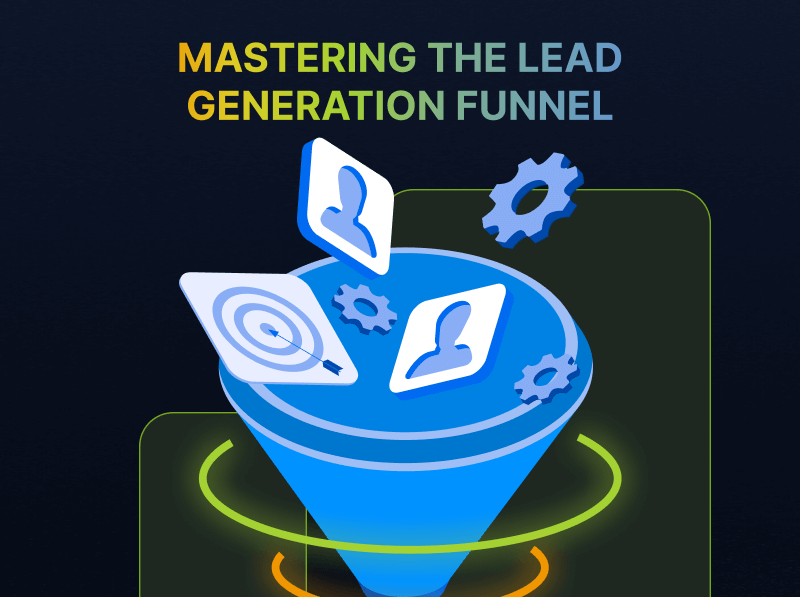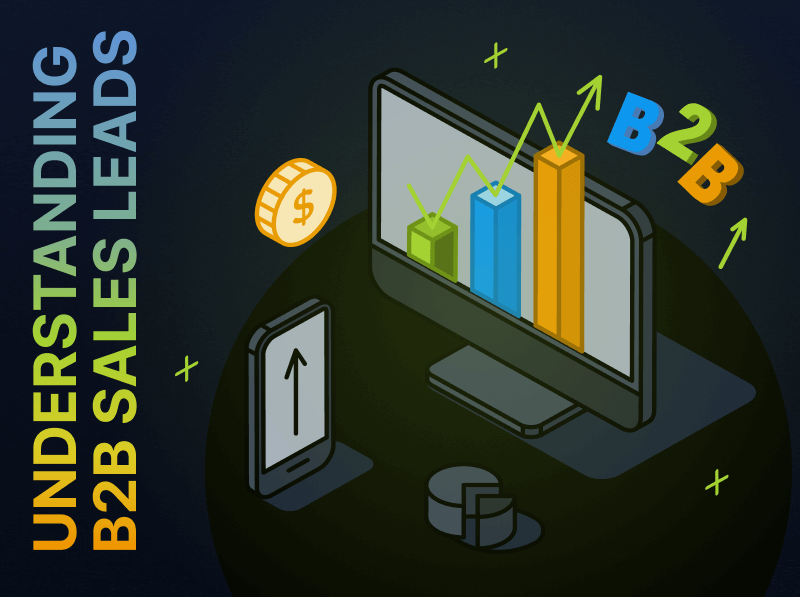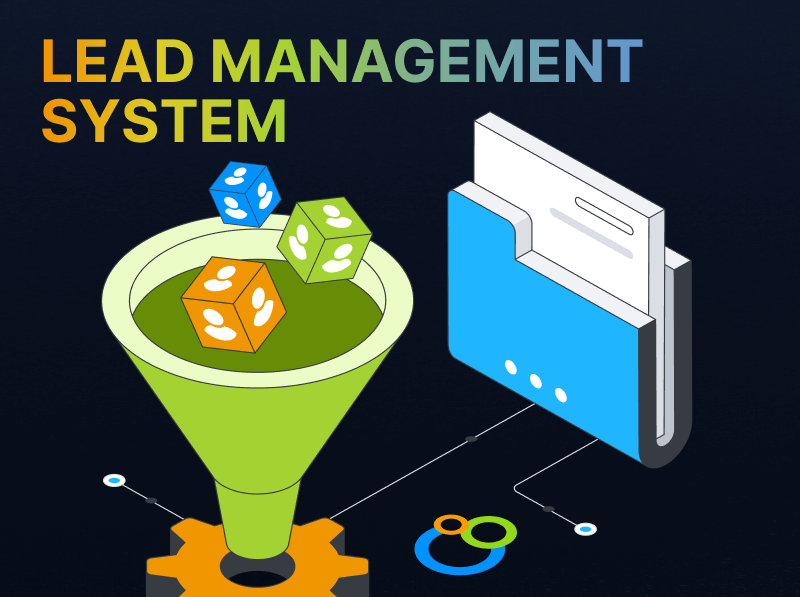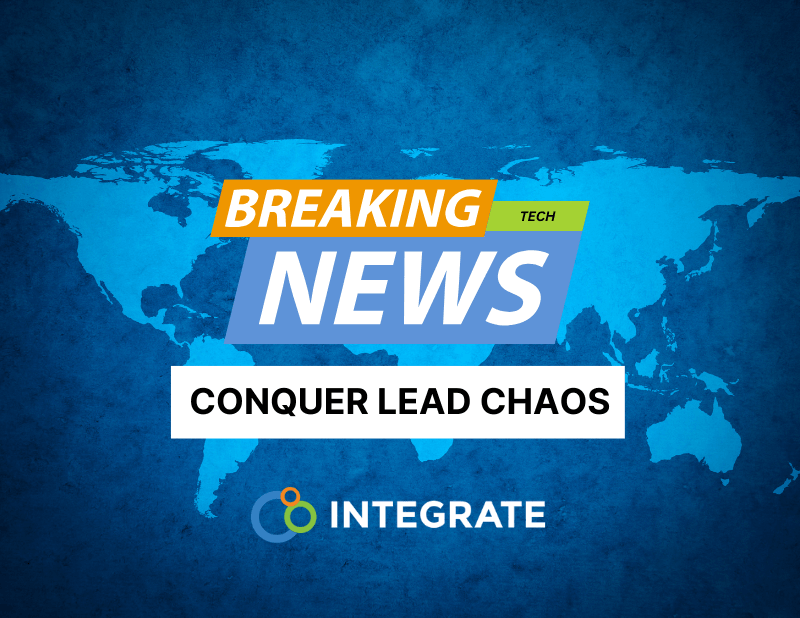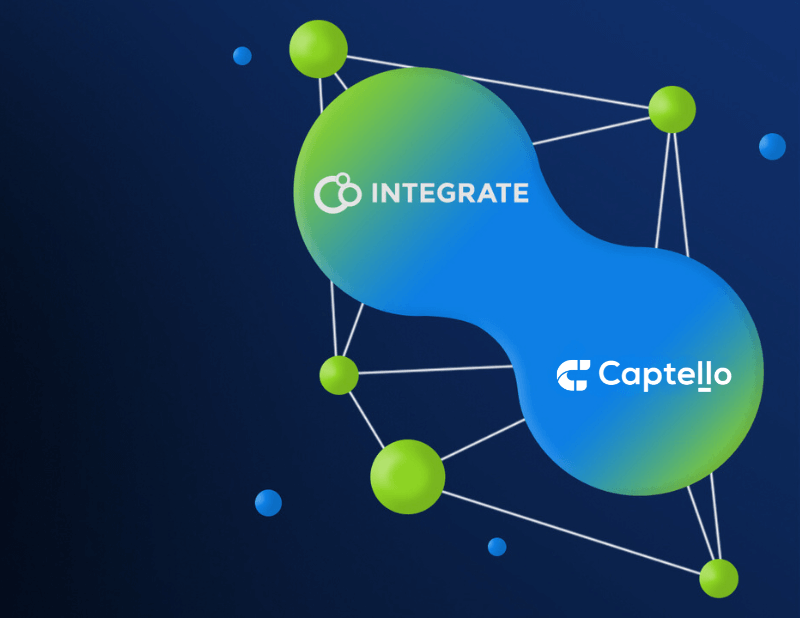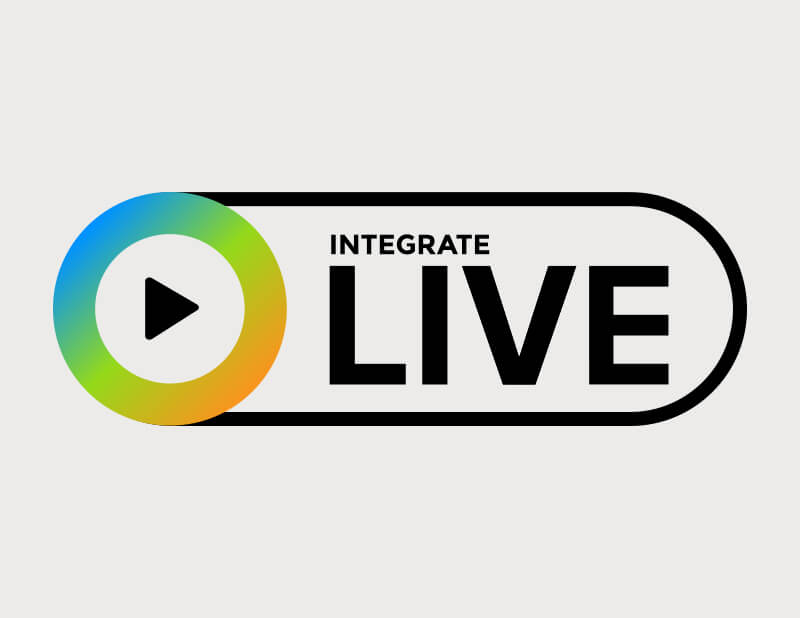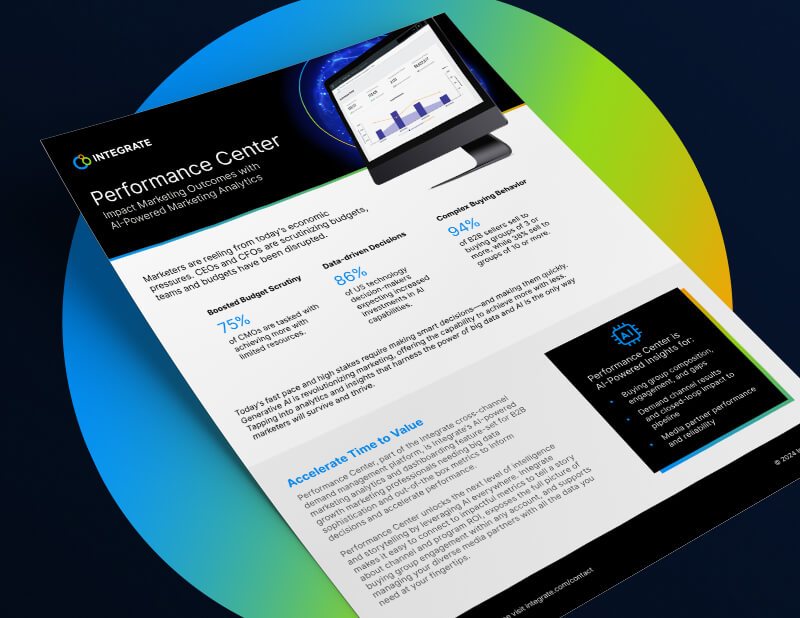What is a Customer Data Platform (CDP) and Is It the Key to Mastering Marketing Precision?
Until recently, it was standard practice for B2B marketing teams to take a mass-customization approach when marketing to prospective customers. We simply didn’t have the time and technology to provide a tailored, personalized experience, so we marketed to everyone in the same way. Using variations based upon job titles; assumptions about where they were in their buyer’s journey; and prior customers’ actions, we relied on outdated methods of communicating to prospects.
But the past couple of years have upended buyers’ expectations. Today’s buyers are digital natives. They have become accustomed to seamless, same-day B2C delivery experiences and have higher than ever expectations of being heard, known and understood in their B2B lives. As a result, buyers aren’t interested in following a fine-tuned sales funnel. Why should they commit to a face-to-face meeting with a salesperson when they can scan a spec sheet online and ask a chatbot follow-up questions instead?
But delivering a bespoke digital experience to B2B buyers is a little more complicated than it is on the B2C side. Instead of tailoring your offer to one customer, you must engage a buying group of a dozen or more people with the right content at the right time. And B2B sales don’t happen quickly—your sales cycles can last a year or longer. So how do you provide a better customer experience for every buyer throughout this longer sales cycle? That’s where the tools our B2C counterparts use—like a customer data platform (CDP)come—in.
Just What is a Customer Data Platform (CDP)?
A customer data platform (CDP) is software that collects and aggregates data from many sources, which enables companies to create a unified customer profile. Both customer success and marketing can use it to tailor their customer activities.
CDPs allow you to orchestrate customer interactions based on your first-party data. This includes suggesting the best timing for messages and relevant offers. CDPs also speed up data delivery to analytics and engagement tools. This creates a near real-time ability to customize the omnichannel customer journey.
Why are B2B Companies Implementing CDPs?
When the COVID-19 pandemic cancelled in-person sales meetings and events, B2B buyers had to find new ways of managing B2B buying cycles. Since then, customers have continued their direct interactions with brands on digital channels. They’re not limiting their interaction to one digital channel, either. Instead, they move between their preferred channels and tools and expect brands to keep up. If they don’t receive the personalized service they expect, there’s a danger that they’ll move on to a brand that can.
In its State of the Connected Consumer 5th Edition research early this year, Salesforce found:
- 73% of customers expect companies to understand their unique needs and expectations
- 71% of consumers switched brands at least once as priorities, lifestyles, or financial situations changed
- 57% of customers prefer to engage through digital channels
- 53% expect personalized offers
To deliver the personalized experiences customers expect online, companies have turned to CDPs.
What are the Capabilities of a CDP?
Evolving data privacy regulations are moving marketers towards a third-party, cookie-less future. This means having a trusted, first-party source of customer data is critical for marketers.
When you put a CDP in place, you unlock a higher level of targeting from your marketing technology stack. Through consolidating data across your systems, you gain:
- An understanding of each buyer’s journey.
- Data points to enable predictive modeling.
- More accurate audience segmentation.
- Increased marketing efficiency.
- Improved data hygiene.
A CDP Has Many Benefits, but There Are Limitations
A CDP can help you access your potential customer’s data once they are on your site—but it can’t act on this data on its own. To put your data to work to drive better conversion and a predictable funnel, you need to:
- Identify known and unknown buyers across channels. Connect your demand data, channels, and campaigns to reach your buyers where they are.
- Drive ROI by extending ABM and demand strategy investments across marketing channels. Understand which cohort of accounts is interesting, where they are opting-in, and in response to what content.
- Use reliable data to reach the right buyers and accounts at the right time. Ensure data is valid, compliant, opted-in, and 100% marketable to reach your target buyers and accounts.
- Build optimized audiences. Ensure data is consistent when it comes to the governance engine and send the data back to the CDP to allow it to build accurate audiences, to activate first-party ad channels.
- Forecast predictable pipeline. Activate, govern and measure marketing campaigns across demand channels. Make real-time adjustments, optimize performance, and maximize impact.
Mastering Marketing Precision: Different Technology is Required
Successfully connecting interactions with buyers, buying groups, and accounts to support your digital demand strategy requires more than a CDP can deliver. Truly precise marketing requires technology like The Integrate Demand Acceleration Platform (DAP).
The Integrate DAP connects your marketing channels, processes, and tools to create an efficient demand engine, allowing you to:
- Specify which data is most important for the B2B buying process.
- Validate and standardize lead data before it enters your backend marketing systems.
- Ensure you’re getting a record of permission and opt-in from leads.
- Analyze deep insights into the performance of marketing campaigns.
The DAP also allows you to engage with buyers at all stages of their journey, with:
- Content syndication to attract new buyers just starting to research.
- Webinars and display advertising to help buyers through their decision-making process.
- Insight into individual account members’ activities when they are ready to buy.
- Visibility into channel performance throughout the buyer’s journey.
The result is a buyer-driven, omnichannel approach that drives more revenue at scale. Customers are demanding more meaningful experiences from their SaaS providers. Integrate empowers you to adjust your marketing activities to address market changes. Visit our Platform Page or download our eBook, “A Look at Customer Data Platforms (CDPs),” to find out more.


